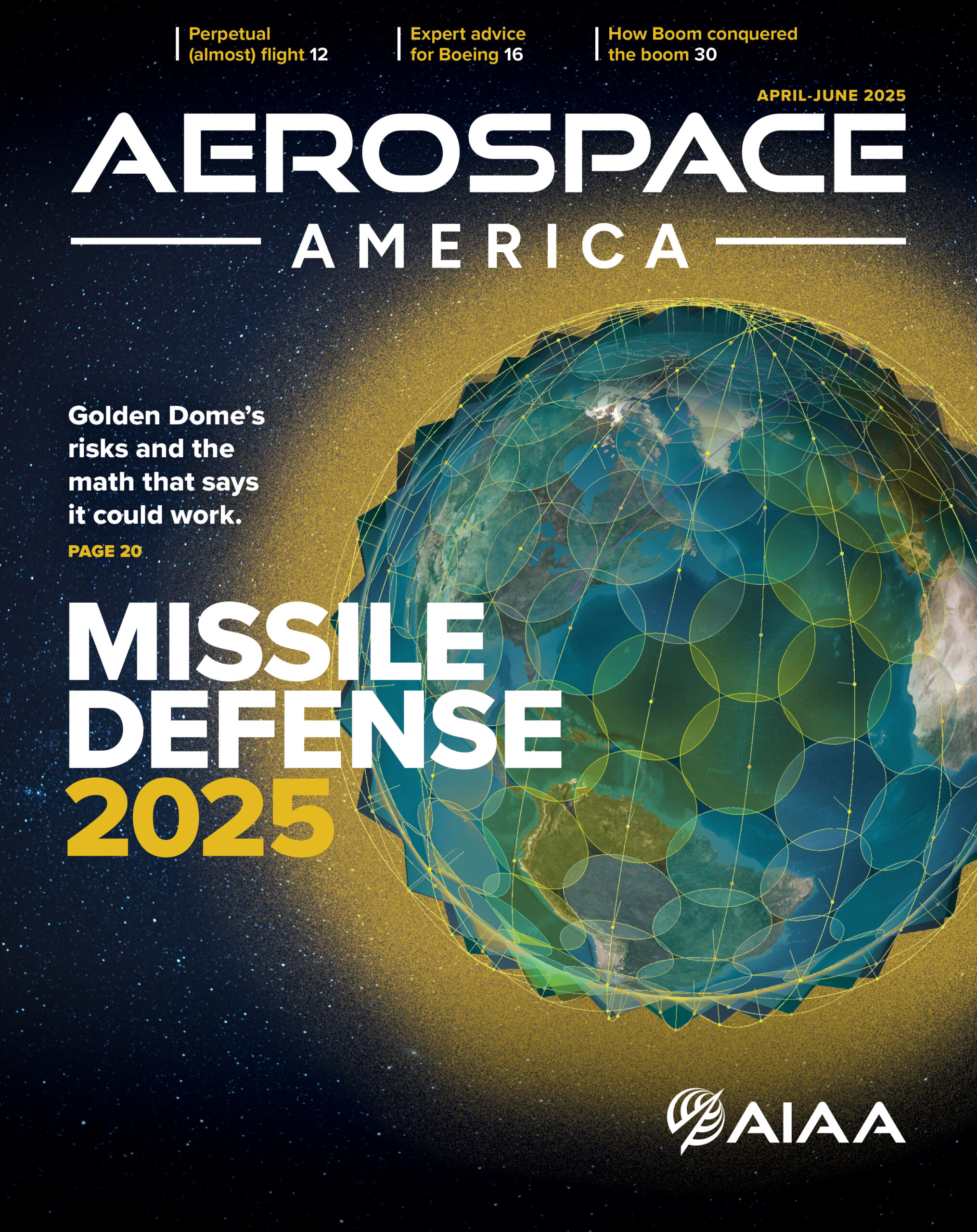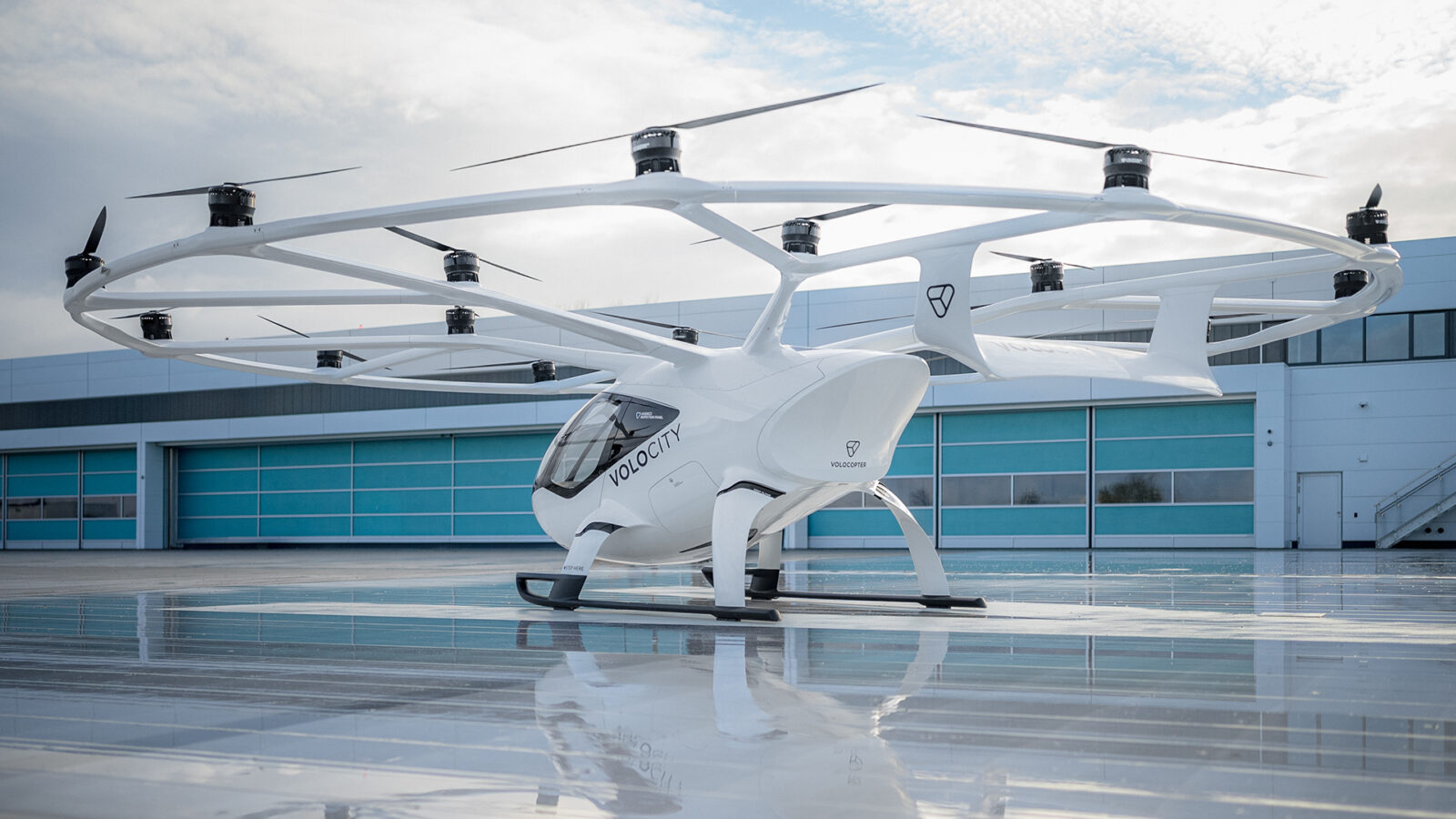Stay Up to Date
Submit your email address to receive the latest industry and Aerospace America news.
A full-size mockup of the VoloCity air taxi. Credit: Volocopter
PARIS — German air taxi developer Volocopter has been fairly quiet since March, when the purchase of its assets was completed by Diamond Aircraft, the Austrian subsidiary of Chinese automotive giant Wanfeng. Despite Diamond’s pledge to “continue to evolve” Volocopter’s two-seat air taxi, some industry watchers were skeptical that the design would ever see passenger service.
To that question, acting CEO Artem Izokh has a clear answer: “We’re back,” he told me on the sidelines of the airfield at the 55th Paris Air Show, where Volocopter two years earlier dazzled onlookers with an eight-minute demonstration flight, the first time a piloted electric vertical takeoff and landing aircraft flew at a Paris Air Show.
For more about advanced air mobility, receive the True Mobility newsletter in your inbox.
In a wide-ranging conversation under the scorching sun, Izokh — who also serves as Volocopter’s chief operating officer — described the path forward for the company and its ambition to begin passenger service with the two-seat VoloCity later this decade. Since March, he’s been overseeing a restructuring of the company, including reducing the number of full-time employees from 500 to 160.
“For the time being, we consider that this amount of resources is sufficient to maintain our route to the type certificate” of the VoloCity, he says, though he indicated that Volocopter may grow in the future. “Then the more we go towards our milestones, we will always back check on our resources and see what we can do, where we can improve.”
That slimmed-down staff was reflected in the company’s show attendance: a handful of executives, in contrast to the roughly three dozen employees that was on site for the 2023 demonstration flight. Expect that to continue for the near-term, Izokh says, as part of a company-wide focus on keeping costs down.
By prioritizing VoloCity’s type certification, Izokh hopes to avoid spreading the company too thin, which he considers part of what went wrong the first time around. “There was not really a focus,” he says, referring to the multiple projects the company had underway at once, including developing a larger, four-seat aircraft in parallel with the VoloCity.
“I believe, and we believe, Volocopter has a great product because the concept is good, vision is good,” he says. “Therefore, we just need to finish the restructuring and follow the way of just finishing it, one project after another, and see what the future brings.”
If all goes as planned, that future will include receiving type certification for the VoloCity from the European Union Aviation Safety Agency in 2026, though he acknowledges that target could slip.
“I spent enough time in development and certification [to know that] there will be some challenges on the way, but I am also convinced nothing is uncertifiable, so we will bring it to the market,’’ he says. “We are anticipating end of 2026, but you always have this tolerance.”
He says the plan is to start production ahead of type certification so that customer deliveries can start in 2027. Plans call for keeping aircraft design and production in Bruchsal, Germany, near Volcopter’s headquarters, but Izokh says the company is also exploring whether there might be opportunities to move some production to Diamond facilities in other countries — Austria, Canada and China.
Such a strategy is “normal when you have a global company,” he says.
About Charlotte Ryan
A London-based freelance journalist, Charlotte previously covered the aerospace industry for Bloomberg News.
Related Posts
Stay Up to Date
Submit your email address to receive the latest industry and Aerospace America news.




